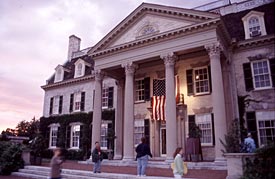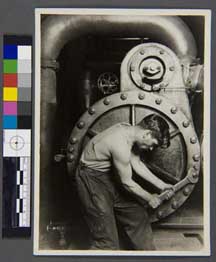Just back from a wonderful trip to Turkey, I have a lot of material to wade through before I begin reporting and commenting on developments in the arts here on RCA.
But while I was gone, Forbes Magazine published an opinion piece I wrote about museum pricing, which was triggered by the announcements awhile back by the Art Institute of Chicago and the Philadelphia Museum of Arts that they would raise prices.
 I understand, and sympathize with, their quandary. But raising prices in a recession might hurt more than it helps, especially if the hikes are substantial. Besides, museums don’t get much of their revenue from the gate.
I understand, and sympathize with, their quandary. But raising prices in a recession might hurt more than it helps, especially if the hikes are substantial. Besides, museums don’t get much of their revenue from the gate.
That doesn’t mean they shouldn’t attempt to manage the gate. In my article, I argue that some may want to try variable pricing — charging people more for various times. The Neue Galerie attempted to do this in 2006, with the exhibition of Klimt’s “Portrait of Adele Bloch-Bauer I,” but gave it up after public outcry about the $50 tickets. I’m sorry they backtracked; I think they should have tried it, at least long enough to assess its potential.
And I think museums should know more about pricing and try new strategies to raise revenue from those who can, and will, pay more for a better experience.
You can read the whole article on my website here.



